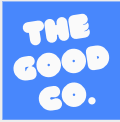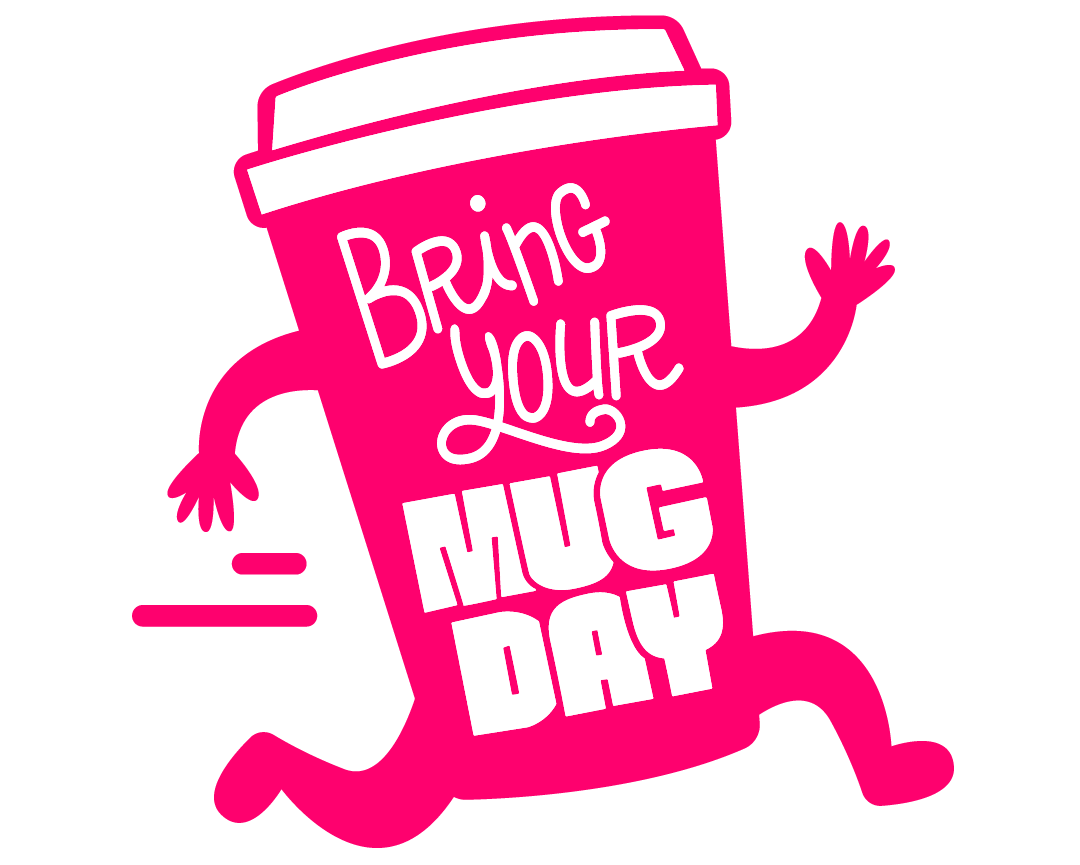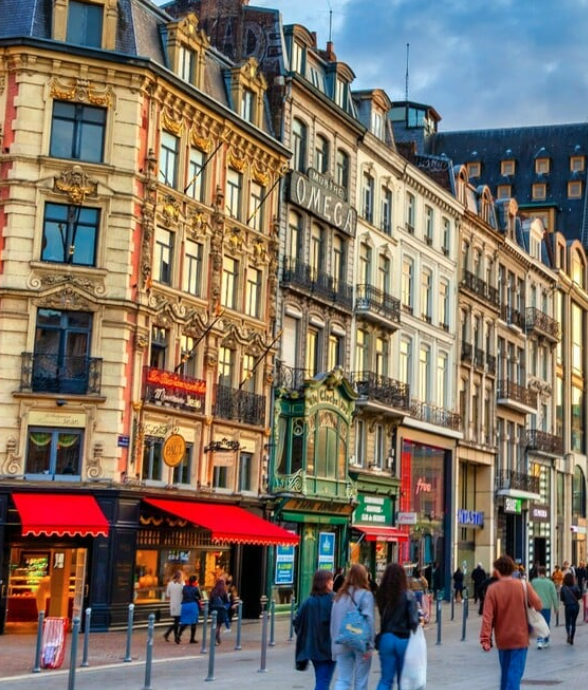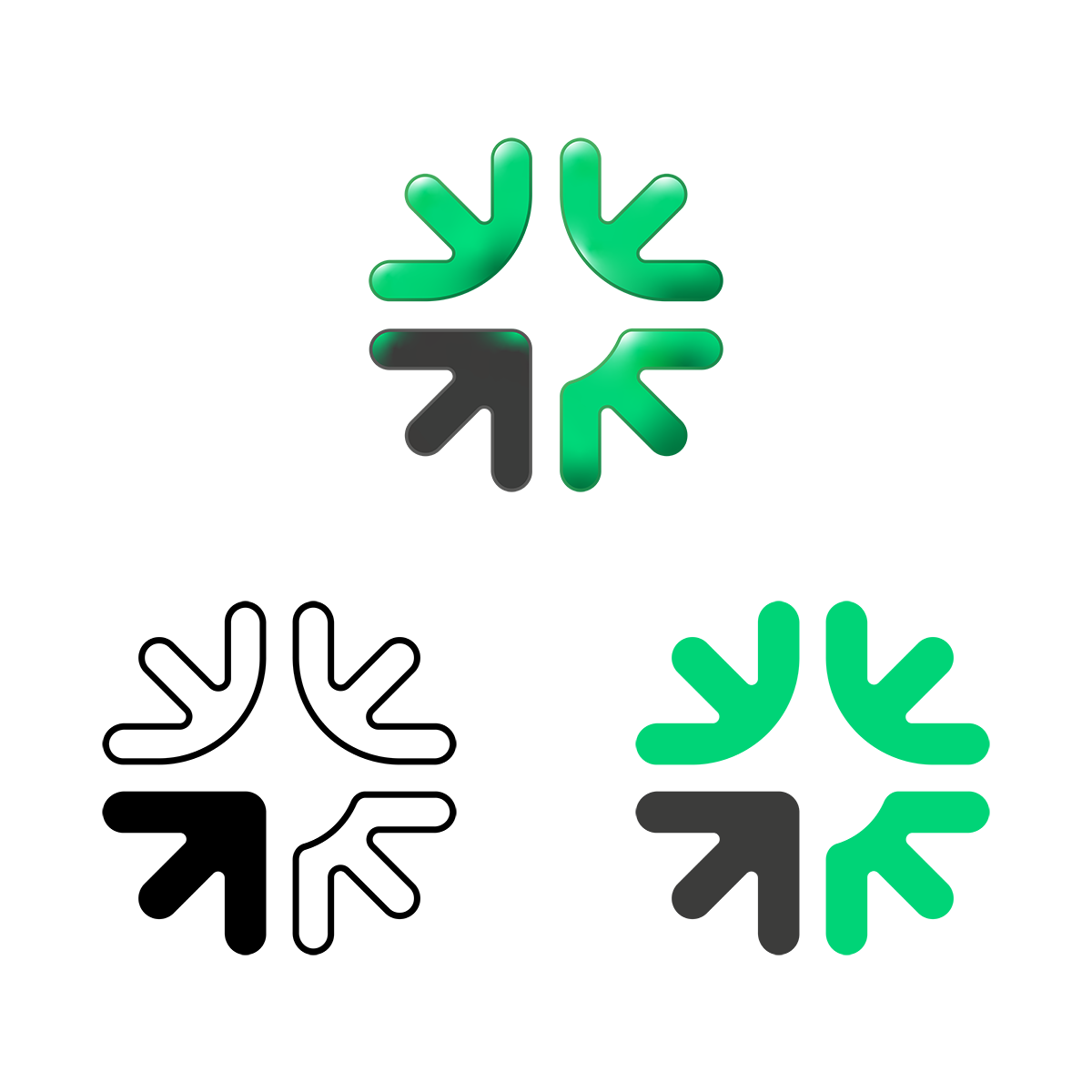
Réseau Vrac & Réemploi
@ReseauVrac · 5h
Reuse before recycling !

> ♻️


Reuse is part of our daily lives and also a part of our history. It provides an answer to the economic and ecological challenges of our consumption model. Creating a :reuse: emoji will help in representing this sustainable and desirable solution, disseminating it widely, and encouraging its development.
Ask for the creation of a reuse emoji!

@ReseauVrac · 5h
Reuse before recycling !

> ♻️

13518 followers
5 j •
We’ve just replaced all our computers with #refurbished hardware

+ 💻 = 🌎 🙂

@ReseauVrac · 14h
On March 1st, get a free coffee if you bring your own mug to all our partner shops!

= 🆓 ☕️

13:29
I love your new shirt! Did you find it second hand, in the thrift store close to your place?

👚

23982 followers
5 j •
We are funding the implementation of #reusable packaging in shops and restaurants in the city. Discover our financial aids on our website!

🫙 🍚 🍱
Reuse involves retrieving packaging or products instead of discarding them, to give them a second life. By cleaning, repairing, or overhauling them, they are used again for the same purpose as the original one.
Reuse is a concept in its own right, with proper legal definition and objectives set by our laws. Waste management strategy places it before Recycling, as part of the actions to be implemented to reduce waste. We refer to the 3R Hierarchy: Reduce, then Reuse and finally Recycle.
Reuse is part of our daily lives and accompanies the transformation of our society. It concerns almost all sectors and consumer goods: high-tech, appliances, textiles, packaging, automotive, furniture, construction, etc.
Raw materials scarcity, climate change and biodiversity loss compel us to reconsider our current models of production and consumption. By giving multiple lives to our products, Reuse preserves our resources and reduces the environmental impact.

It was created by Alissa Genevois, graphic designer, and Claire Korber, graphic designer and illustrator from Atelier Kaboom.
Each arrow symbolizes the return gesture to the collection point. The arrow in the foreground catches the consumer’s attention and suggests the action of returning the product or packaging.
The whole design thus illustrates the participation of each citizen in the reuse process and also the perpetual return to the initial state.
The reuse emoji is an adaptation of the reuse pictogram used since 2020 on reusable bottles and pots labels sold in France.

Célia Rennesson is the founder and CEO of the association Réseau Vrac & Réemploi
The initiative is carried out by Réseau Vrac & Réemploi, the association which brings together refill and reuse packaging players in France.
The idea was born in 2023, in the mind of its founder and CEO, Célia Rennesson. But it was in 2024, during the Refill and Reuse Month - an awareness campaign organized by the association in March - that the spark occurred. From its inception, #emoji4reuse found significant support from governmental bodies, network partners, media, and gained international dimension with the resonance brought by the European network New ERA.
In 2023, our association merged with Réseau Consigne to address the issue of reuse in the packaging sector. Since then, and as a user of social networks, I found myself needing to communicate more about reuse, but I couldn’t find any emoji to represent this concept in my posts. I noticed that almost everyone, instead, used the recycling symbol to talk about reuse.
Furthermore, I almost daily notice during exchanges with various audiences, that the concept of reuse is often misunderstood and confused with recycling.
I wanted to find a strong, symbolic way that speaks to everyone to raise awareness, make reuse known, and explain its uniqueness. Thus came the idea of creating an emoji: :reuse: to make this virtuous model exist, known, and help it grow in our lives.

Are you a journalist, a company, an institution, an NGO, or an individual, and want to learn more about the #emoji4reuse campaign? Contact us by filling out the form accessible from the link below.

Imagine if the only emoji for the word "sun" in your messages, is this emoji 🌛 available. The same thing happens with "Reuse." We have neither an emoji nor a combination of symbols to express it. In its absence, the Recycling emoji is used instead, even though these two concepts refer to very different processes and issues. But, the problem is deeper than that; having only one emoji available, that of Recycling, maintains a single vision: that of an economy based solely on Recycling. However, as the transition of models is underway and must accelerate, out of common sense and necessity, it is imperative to illustrate other more virtuous models such as Reuse. Representing things makes them exist. Creating a :reuse: emoji would symbolize this sustainable and desirable solution; disseminate it widely, and encourage it in daily life.
Often confused with Recycling, Reuse is a concept in its own right, with its own legal definition and objectives set by laws: the PPWR in Europe, the anti-waste law for a circular economy (AGEC) in France, the waste and contaminated soils law (LRSC) in Spain andn the packaging act (VerpG) in Germany. The waste management strategy prioritizes three actions for its optimization. We speak of the 3R Hierarchy: reduce, then reuse, and finally recycle. Reuse involves retrieving products instead of throwing them away, to give them a second life. By cleaning, repairing, or revising them, they are used again for the same purpose as originally intended. Recycling is a set of processes that subject the product, now waste, to heavier treatments in order to reintroduce some of its materials into the manufacture of new products.
In everyday life, consumer behaviors are also very different. Take the example of a glass bottle. In the case of Recycling, the bottle is thrown into the trash. It is then transported to a sorting center and to a foundry where it will take on a new form. In the case of Reuse, we return our bottle to a reuse collection point (store, terminal, etc.). The original bottle is not destroyed to make a new one. It is washed, dried, and ready to be reused. This requires significantly less energy than recycling.
Reuse is part of our daily lives and accompanies the transformation of our society. It concerns almost all sectors and consumer goods: high-tech, appliances, textiles, packaging, automotive, furniture, construction, etc. We buy refurbished computers and phones, we return our empty packaging to collection points, we repair our cars with used parts, we buy second-hand clothing, we repair our shoes, we furnish company offices with used furniture, we build buildings with materials from old sites. Integrating a :reuse: emoji would represent all the ways we already practice this philosophy in everyday life and also those that are likely to develop. A :reuse: pictogram already exists on the labels of our reusable pots and bottles. It has been in circulation for several years in the French market. Adapting this pictogram could become the :reuse: emoji.
In France, the waste treatment sector emits as much greenhouse gas as the aviation sector. More than half of global greenhouse gas emissions come from the production of consumer goods (including extraction and processing). It is necessary to develop and promote more sustainable consumption models. By giving multiple lives to our packaging or our objects, reuse helps reduce waste, pressure on biodiversity, and greenhouse gas emissions related to our production and consumption patterns. Representing Reuse with an emoji would elevate it, give it substance and visibility: illustrating the transformation of practices, allowing companies to showcase their actions on social networks, helping individuals encourage their community to consume better. A company that acquires a fleet of refurbished computers could use the :reuse: emoji and announce it far more effectively and with greater impact.
Like Recycling, Reuse must be included in the emoji library. Creating a :reuse: emoji will make it visible and accessible to everyone: the general public, companies, and policymakers. The integration of a :reuse: emoji will contribute to accelerating the development of more sustainable production and consumption models. The emoji, through its daily use, strong and universal symbolism, is the best way to achieve this quickly.